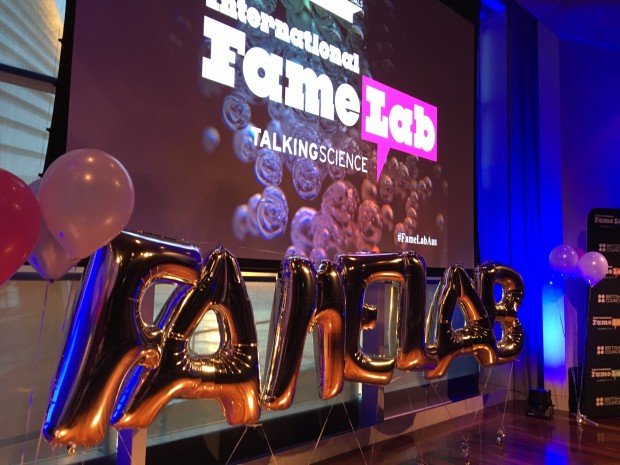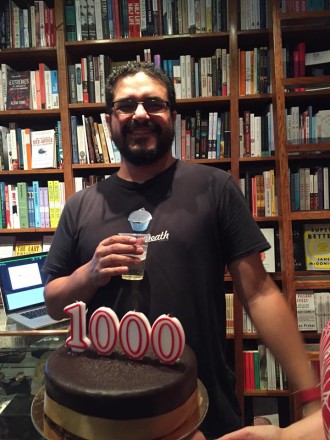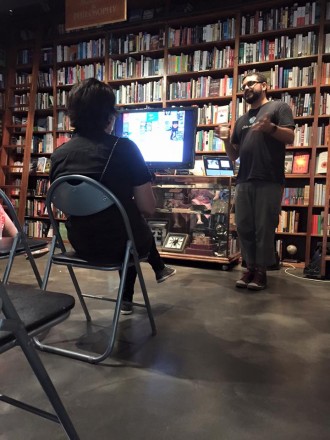Storytelling can transform dry, technical information into compelling and relatable content that everyone wants to read, watch, listen to and share.
So how can we harness storytelling techniques to improve science communication?
The SA Chapter of Australian Science Communicators is hosting a one-day mini-conference for those interested in learning more about storytelling.
Participants, we’d love you to capture and share the day though social media! Others across South Australia, Australia and the world will be interested to hear your reflections and experiences of this event. Using the hashtag #scistoryASC, you may choose to share via Instagram, Facebook, Twitter, blogging, SnapChat or other media as a way to summarize, highlight, excerpt, review and critique the presented materials.
Of course normal good manners and conference etiquette apply: please ensure the author or speaker is referenced and cited appropriately, do not share material in full and please do not audio- or video-record presentations.
PROGRAM
9.00am: Coffee/tea and mingling
9.30am: Welcome and introduction
Rona Sakko
President of ASC SA
Coordinator of Bright Sparks Science Club
Professor Chris Daniels
Award Winning Science Communicator
Biologist at UniSA
Marine Discovery Centre Patron
9.40am: Opening address
Dr Kristin Alford @kristinalford
Director of UniSA’s Science, Creativity and Education Studio (SciCEd)
Futurist and Founding Director at Bridge8
10.15am: Where is the storytelling? Critical analysis of communication case studies
Chair: Sarah Keenihan (Freelance Science Writer) @sciencesarah
Panel members:
Katrina McLachlan, Director and Senior Journalist, Stories Well Told @storiesWT
Joost Den Hartog, Channel Manager, RiAus TV @RiAus
Dr Tullio Rossi, Animator and Illustrator @Tullio_Rossi
11:15am: Morning tea
11.45am: Wonggayerlo – Footsteps in the Sand
Karl Telfer (Kaurna leader and cultural bearer, Marine Discovery Centre Patron, ) and Michael Mills (Heaps Good Productions, @Heapsgood) present a story about ways of understanding our relationship to the natural world. A performance piece exploring where science meets culture.
12.30pm: Beach walk
Experience real-time science communication from different points of view amongst the sands.
1.15pm: Lunch
2pm: What is a story?
David Chapple is Writing Development Manager at the SA Writers Centre (). In this workshop David will take you through a hands on exploration of how the narrative techniques of fiction can make non fiction writing sing. Participants will play with ideas of character, setting, story structure, metaphor and descriptive writing to tell the story of their practice in more engaging and dynamic ways. Workshop includes 2 hours of practical exercises and literary tricks. Bring your favoured writing device!
4pm: Drinks and networking



